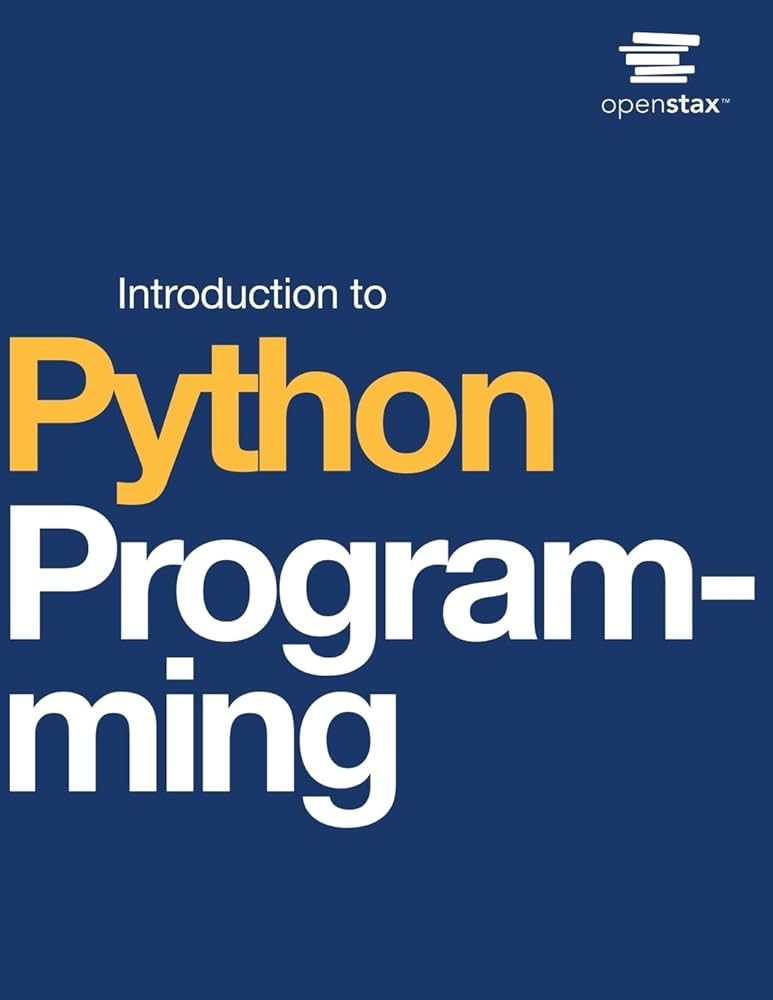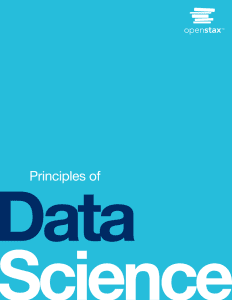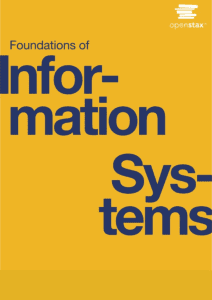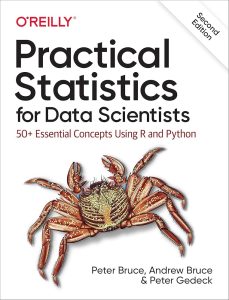When it comes to learning programming, Python has become one of the most popular languages worldwide. With its simplicity, readability, and wide range of applications, Python is an ideal choice for both beginners and professional developers. If you are looking for a learning resource that starts from scratch and builds a solid foundation, OpenStax has introduced an excellent material: Introduction to Python Programming. This textbook, published in 2024, is available online for free and is designed to be accessible to learners everywhere.
In this article, we will explore what makes this book special, its structure, teaching style, and why it is considered one of the best resources for those new to programming.
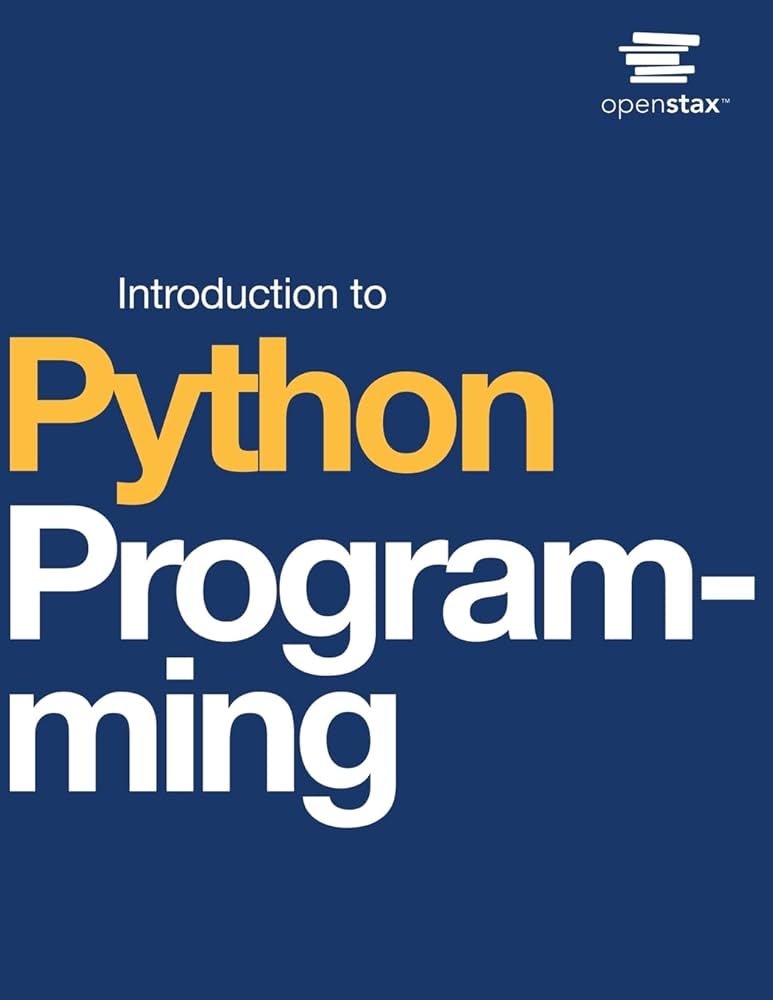
1. Basic Information about the Book
- Title: Introduction to Python Programming
- Authors: Udayan Das, Aubrey Lawson, Chris Mayfield, and Narges Norouzi
- Publisher: OpenStax
- Audience: First-year students, instructors, self-learners, or anyone interested in learning Python.
- Objective: Provide a foundation in the Python language and systematic programming thinking.
- Release Date: March 2024
- License: Creative Commons (CC BY 4.0)
- Pages: 415
More than just a textbook, Introduction to Python Programming is also designed to fit modern learning contexts: online learning, blended learning, and self-study.
2. Content Overview
The book consists of multiple chapters, organized in a progression from basic to advanced, helping learners build their skills step by step:
- Introduction to Python and Programming
- An overview of the Python language, its key features, and areas of application.
- How to install Python and set up the development environment.
- First programming concepts: variables, data types, print statements.
- Control Structures
- Control Structures
- Loops:
for,while. - Applications in simple problems such as calculations, string processing, or small games.
- Functions
- The concept of functions and the importance of code reuse.
- Parameters, return values, variable scope.
- Writing functions to break down problems, making programs easier to manage.
- Basic Data Structures
- List, tuple, dictionary, set – the four most important data structures in Python.
- Common operations: add, remove, search, iterate over elements.
- Practical applications such as managing student data, product lists, or dictionaries.
- File Handling
- How to open, read, and write data to files.
- Managing long-term stored data.
- Applications in building logs, reports, or storing analysis results.
- Object-Oriented Programming (OOP)
- Introduction to the concepts of classes and objects.
- Principles of encapsulation, inheritance, and polymorphism.
- Creating programs that are more extensible and easier to maintain.
- Error and Exception Handling
- How Python reports errors.
- The
try-exceptstructure for handling exceptions. - Writing safe programs to avoid unexpected crashes.
- Advanced Applications and Python Libraries
- Introduction to common libraries:
math, random, datetime, numpy. - Simple data visualization with
matplotlib. - Illustrative examples of practical applications: simulations, data processing, scientific calculations.
- Introduction to common libraries:
Each chapter concludes with:
- Application scenarios that help connect with real-world problems.
- Detailed illustrative examples.
- Practice exercises to reinforce knowledge.
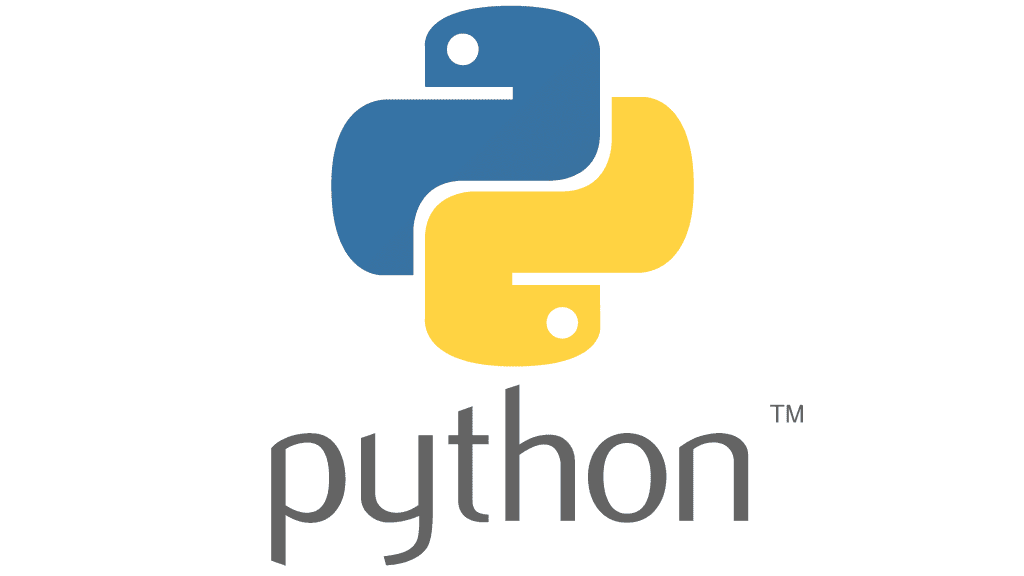
3. Who is This Book For?
- First-year students in Information Technology or Data Science: need an introductory textbook that is easy to understand and rich in practical exercises.
- Career changers: want to start programming but have no prior background.
- Instructors and educators: looking for free, standardized, and up-to-date teaching materials.
- Self-learners and online students: want to learn Python to apply in data analysis, work automation, or personal project development.
4. Why You Should Read This Book
A Launchpad for Learning and Career
After studying this book, you will have a solid foundation to approach more complex topics such as data analysis, machine learning, artificial intelligence, or professional software development.
Python: Easy to Learn and Popular
Python is one of the most popular programming languages in the world, widely used in data science, artificial intelligence, web development, and automation. Starting with Python means opening up countless career opportunities.
Clear Structure, Beginner-Friendly
The content is logically organized, from basic to advanced knowledge, helping learners avoid feeling overwhelmed. Real-world examples turn dry theory into easily understandable experiences.
Free Yet High Academic Quality
Compiled by OpenStax – a reputable educational organization – the book is written and reviewed by experienced instructors. You can access it completely for free, yet the quality rivals that of commercial textbooks.
Hands-On Practice with Real Applications
Each chapter includes exercises and small projects, helping you develop real programming skills rather than just learning theory.
5. Download and Experience
You can download or read online on platforms like SlideShare, Scribd… depending on your preference and convenience:
- Scribd https://www.scribd.com/document/905917839/Introduction-to-Python-Programming
- Slideshare: https://www.slideshare.net/slideshow/introduction-to-python-programming-openstax/282655835
Note
The Introduction to Python Programming is released under the Creative Commons Attribution (CC BY 4.0) license. You can share, redistribute, or cite the content of the book, but you must give full credit to the authors.
6. References
[1] OpenStax, Introduction to Python Programming, OpenStax, Houston, TX, USA, 2023. Available at: [https://openstax.org/books/introduction-python-programming](https://openstax.org/books/introduction-python-programming)
[2] OpenDev, Foundations of Information Systems. Available at: [https://kienthucmo.com/en/foundations-of-information-systems/](https://kienthucmo.com/en/foundations-of-information-systems/)
[3] OpenDev, Introduction to Computer Science. Available at: [https://kienthucmo.com/en/introduction-to-computer-science/](https://kienthucmo.com/en/introduction-to-computer-science/)
[4] OpenDev, Principles of Data Science. Available at: [https://kienthucmo.com/en/principles-of-data-science/](https://kienthucmo.com/en/principles-of-data-science/)
[5] OpenDev, Workplace Software and Skills. Available at: [https://kienthucmo.com/en/workplace-software-and-skills/](https://kienthucmo.com/en/workplace-software-and-skills/)
[6] The Python Software Foundation, Python Documentation, Version 3.12. Available at: [https://docs.python.org/3/](https://docs.python.org/3/)
